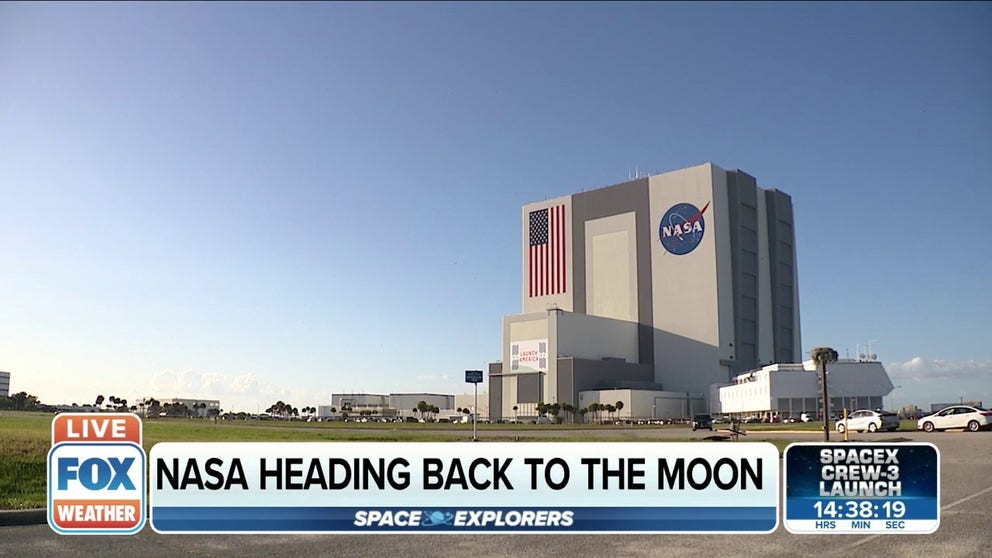NASA pushes human moon landing deadline to 2025 due to funding, litigation and COVID
Blue Origin sued NASA after the agency selected SpaceX as the sole human moon landing system contract.
NASA pushes human moon landing deadline to 2025
NASA pushes human moon landing deadline to 2025 due to funding, litigation and COVID.
NASA Administrator Bill Nelson announced Tuesday the space agency is pushing a goal set under former President Donald Trump to return astronauts on the moon by 2024.
Citing multiple delays due to funding, litigation over a human moon lander, and a global pandemic, Nelson said the goal of returning Americans to the moon in three years wasn't technically feasible, and NASA is now targeting no earlier than 2025.
Under the Trump Administration, NASA's moon program was fast-tracked from 2028 to 2024.
Last week, a federal judge sided with NASA after Jeff Bezos' company Blue Origin sued the agency over selecting the Artemis human landing system. NASA awarded the sole contract to SpaceX's Starship spacecraft over Blue Origin's landing system and other competitors.
Nelson said the new Artemis timeline could not be announced until after the court had ruled.
Due to the ongoing legal battle, work between NASA and SpaceX on Starship for the Artemis program was put on hold.
"Our teams need time to speak now with SpaceX about the human landing system, and we've lost nearly seven months in litigation," Nelson said. "And that likely has pushed the first human landing, likely to no earlier than 2025."
The Artemis program revolves around critical pieces of hardware, including the Space Launch System (SLS) rocket, the Orion spacecraft, a commercial human lander, and an orbiting outpost around the moon called the Gateway.
Nelson said the cost of Orion development through the first crewed flight test is now $9.3 billion.
Adding to the challenges, Nelson noted the lack of Congressional funding for the human landing system (HLS) contract. Part of Blue Origin's argument against NASA's HLS decision was that the agency awarded only one contract to SpaceX instead of choosing multiple landers. In response, NASA said that was due partially to funding.
"Going forward, NASA is planning for at least 10 Moon landings in the future, and the agency needs significant increases in funding for future lander competition, starting with the 2023 budget," Nelson said.
Artemis-1, the Orion spacecraft's first SLS test flight without crew, is slated for February 2022. The rocket is currently stacked inside the Vehicle Assembly Building at Kennedy Space Center, awaiting launch.
Under this timeline, NASA plans to fly humans in Orion on the Artemis II mission orbiting the moon by May 2024.
Artemis III, the first human landing, could happen no earlier than 2025, according to Nelson.
"These updated costs and schedule estimates for the Orion program through Artemis II are as a result of an increase in the scope and demonstration from the original baseline and other factors, including the delays caused by COVID," Nelson said.
The administrator also addressed the Chinese space program as a "very aggressive competitor" in the race back to the moon.
"The Chinese space program is increasingly capable of landing Chinese taikonauts much earlier than originally expected," Nelson said of Chinese astronauts.
The U.S. would like to be first back on the moon, Nelson said. Still, it has a long way to go before the agency is ready to send humans there again.
